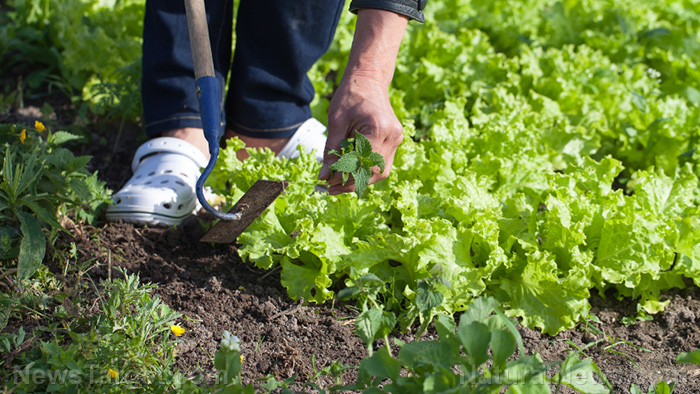
Farmers who have been using the latest recommendations for tank mixtures are still losing against the weed. Because of the long-distance movement of pollen and seeds, their fields will need to adapt to different types of resistance annually.
However, according to a study by scientists at the University of Illinois (U of I) and the U.S. Department of Agriculture's (USDA's) Agricultural Research Service (ARS), farmers can still use a very effective tool that's also free.
Fostering ties with neighboring farms
Adam Davis, a research ecologist with the USDA-ARS, said that while this "tool" for farmers is free, they still need to collaborate.
The tool is cooperative weed management, or collaborating with neighboring farms to determine how to control herbicide-resistant weeds. If more farms cooperated, they'll be able to cover a larger area. This kind of partnership can work among individuals, but it can also be effective as a statewide collaboration.
To test the effectiveness of farmer cooperation, Davis and his research team used "a computer simulation of waterhemp resistance evolution through time and space." The simulation used real numbers and management practices from the past, starting from 1987, to a realistic representation of herbicide resistance in waterhemp by 2015.
The researchers then ran the simulation to forecast 35 years into the future to find out how the resistance can evolve under various management and cooperation scenarios.
Davis, who is also an adjunct professor in the Department of Crop Sciences at U of I, explained, "The crux of the story is that if you do good stuff and you aggregate it at larger spatial scales, it gets even better. If you do bad stuff and you aggregate it at large spatial scales, it gets even worse."
The simulation revealed that this "bad stuff" is the repeated use of a single herbicide mode of action every year. Because of this, the weed's resistance to a single chemical evolved and spread swiftly throughout the simulated landscape. The resistance was worse if the farmers all used the same chemical annually. (Related: Alternative tools for weed management, such as flame weeding, can be useful for crops such as field corn and winter wheat.)
Davis noted that by taking the cheap route, you can reduce herbicide costs in the short term. However, in the long term, you're also increasing the chance of weeds developing resistance.
If farmers invested in tank mixtures of herbicides that represented at least three or four modes of action, the evolution and spread of resistance was postponed. The delay was also extended if the farmers worked more closely with each other.
Davis cautioned that they're not encouraging farmers to use the most expensive herbicide program. Instead, farmers should try to utilize the tools that they already have to control weeds. Doing this on their own farms can help, but if they collaborate with each other, it will be more effective.
Cooperative weed management can even delay herbicide resistance evolution for decades if enough farmers worked together "by aggregating the best practices at large spatial scales." The researchers' simulation considered management on individual farms, cooperatives of about 10 neighboring farms, and cooperative weed management areas that were made up of 10 neighboring farmer cooperatives.
Davis noted that the exact number of farms that worked together wasn't as crucial as the spatial scale that they covered. He added that weed management areas will be more effective when formed at the township scale and higher.
Davis suggested that current regional farm associations, like commodity groups or drainage districts, can provide a framework for how weed management cooperatives can collaborate. He concluded that the method can be more effective if custom applicators in decision-making and implementation were involved because they're already offering their services to various farms in a region.
Visit Harvest.news to learn more about the benefits of cooperative weed management.
Sources include:
Please contact us for more information.























